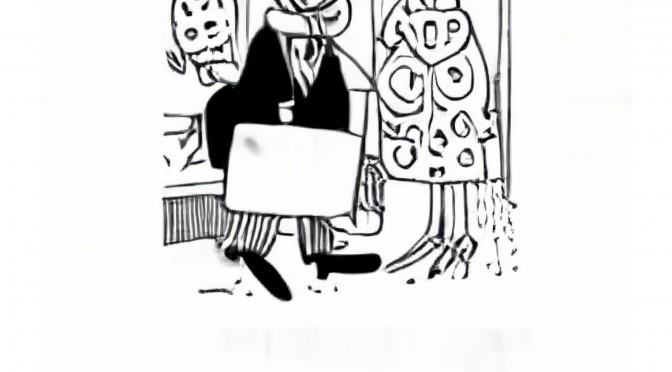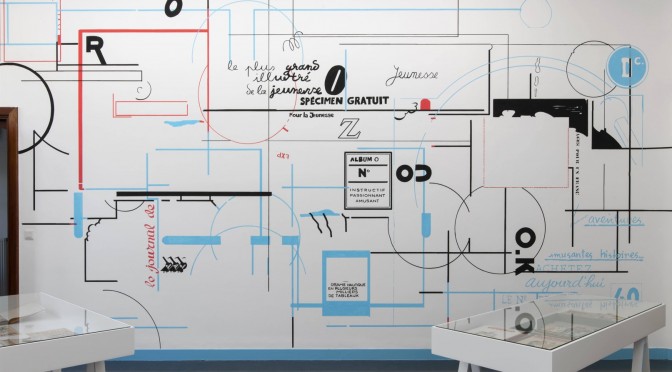International conference – Ghent University, 18-19 September 2023
Comics have often been dismissed as child’s fare. While comics scholars have long struggled with such dismissals, today they are more likely to run up against the stereotype that ‘comics are not just for children’ (Pizzino). The ‘for children’ snub has encouraged scholarship to focus on comics and graphic novels for adults. Although we have seen several exciting studies on the children in comics (Abate; Apostolidès, Chaney; Gordon; Saguisag) and comics for children (Abate and Tarbox, Heimermann and Tullis), most of which have appeared over the past decade, the many complex interactions between comics and children remain understudied.
Building on the research of the COMICS team based at Ghent University since 2018, Comics, the Children and Childishness seeks to disentangle these connections by focusing on two key strands: comics and children’s culture (especially print culture), and childishness and comics. This follows the objectives of the COMICS project at Ghent University which focuses on children’s comics magazines, child characters in comics and graphic novels, young readers’ interactions (both programmed and unexpected) with their comics and children’s drawings.
The conference aims to open a crucial forum of dialogue between European and international researchers, by focusing on a resolutely international corpus, covering comics from not only the dominant areas of Western Europe and North America, but also Central, Eastern and South Eastern Europe, Asia and Latin America, hoping to inspire further research in this overlooked but crucial aspect of comic studies. The program page is here, and here you can find some practical information you may need.
The conference will also be accompanied by an exhibition in KASK of the Alain Van Passen comics collection, a rare and extremely well-preserved archive of French and Belgian comics magazines from 1930s through the 1990s.









